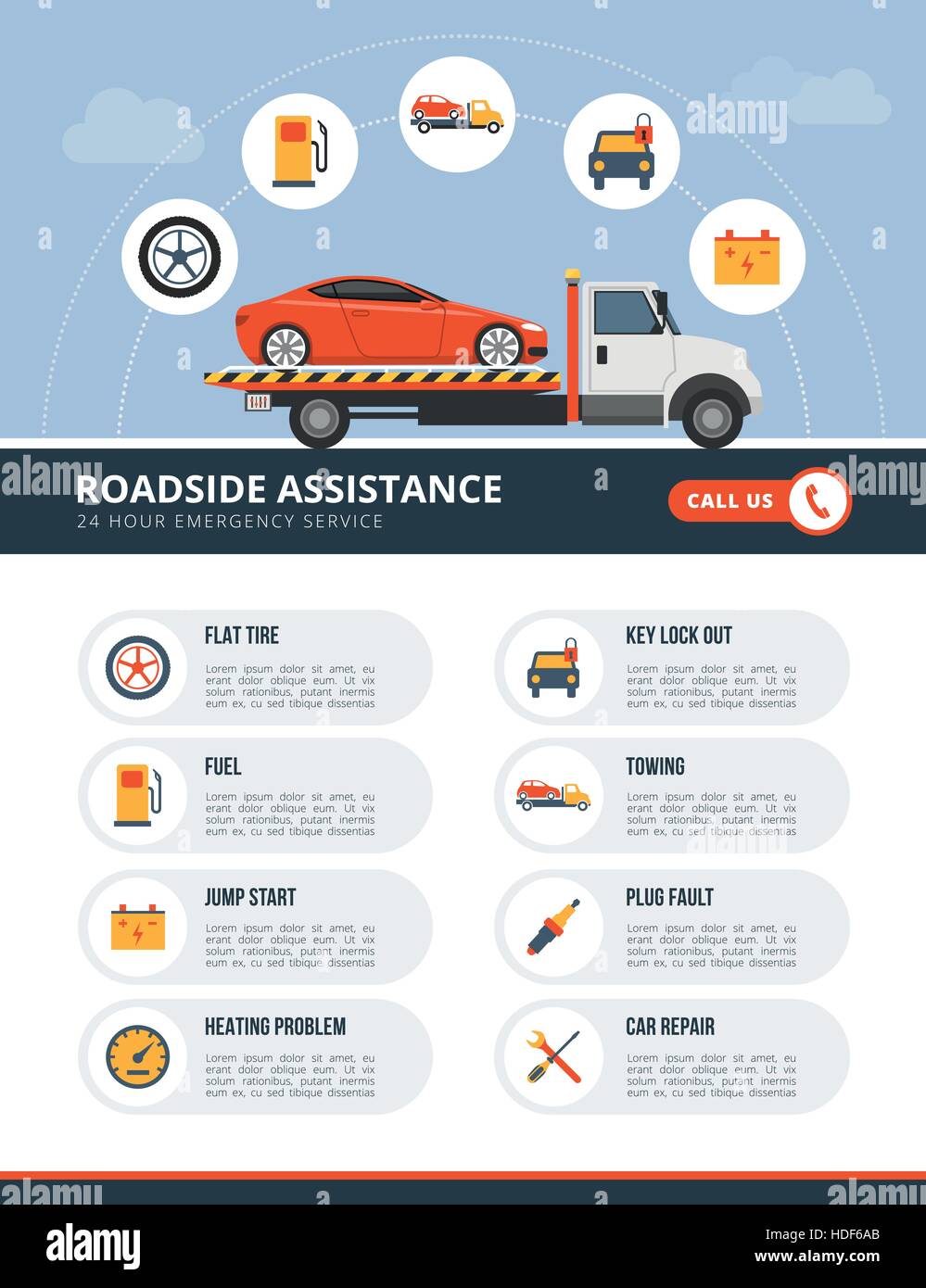Interested In Comprehending The Caution Lights On Your Cars And Truck'S Control Panel? Discover Their Relevance For Your Vehicle'S Security And Total Condition
Interested In Comprehending The Caution Lights On Your Cars And Truck'S Control Panel? Discover Their Relevance For Your Vehicle'S Security And Total Condition
Blog Article
Web Content Create By-Hartley Gilbert
When you're behind the wheel, those radiant warning lights on your dashboard can be a little bit perplexing. Do you recognize what they're attempting to inform you concerning your cars and truck's health? Recognizing the relevance of these lights is crucial for your safety and the durability of your car. So, the following time one of those lights turns up, would not you intend to analyze its message properly and take the needed actions to address it?
Common Warning Lights and Interpretations
Recognize usual caution lights in your automobile and recognize their significances to ensure secure driving.
Recommended Web-site of the most regular caution lights consist of the check engine light, which signifies concerns with the engine or discharges system. If this light begins, it's vital to have your automobile checked without delay.
The oil stress cautioning light suggests reduced oil pressure, calling for immediate interest to stop engine damage.
A flashing battery light might recommend a faulty billing system, potentially leaving you stranded if not attended to.
The tire stress tracking system (TPMS) light notifies you to reduced tire pressure, affecting lorry stability and gas efficiency. Disregarding this might lead to unsafe driving conditions.
The abdominal light suggests a problem with the anti-lock stopping system, jeopardizing your capacity to stop quickly in emergencies.
Last but not least, the coolant temperature level alerting light warns of engine getting too hot, which can lead to serious damages if not resolved swiftly.
Comprehending these typical warning lights will certainly assist you deal with problems promptly and keep safe driving problems.
Importance of Prompt Interest
Recognizing the usual caution lights in your vehicle is only the initial step; the relevance of quickly addressing these warnings can't be stressed enough to ensure your security when traveling.
When https://eduardoqlfav.bloginder.com/32752453/eco-friendly-automobile-detailing-products-you-need-to-try brightens on your control panel, it's your automobile's means of interacting a prospective problem that needs interest. Overlooking these warnings can bring about a lot more severe troubles later on, compromising your safety and security and potentially costing you more out of commission.
Prompt attention to alerting lights can protect against malfunctions and accidents. For instance, a blinking check engine light can suggest a misfire that, if left unattended, might trigger damages to the catalytic converter. Addressing this quickly can conserve you from a pricey fixing.
Similarly, a brake system warning light might indicate reduced brake fluid or worn brake pads, critical elements for your safety and security when driving.
Do It Yourself Troubleshooting Tips
If you notice a caution light on your dashboard, there are a few do it yourself fixing ideas you can try prior to looking for professional aid.
The primary step is to consult your cars and truck's guidebook to recognize what the details caution light suggests. Often the problem can be as basic as a loose gas cap activating the check engine light. Tightening the gas cap may settle the problem.
https://www.laprensalatina.com/mexican-female-operated-auto-repair-shop-helping-to-shatter-stereotypes/ is a low battery, which can set off numerous cautioning lights. Checking the battery connections for corrosion and guaranteeing they're protected could deal with the issue.
If a caution light lingers, you can try resetting it by separating the vehicle's battery for a couple of minutes and afterwards reconnecting it. Furthermore, inspecting your car's fluid levels, such as oil, coolant, and brake liquid, can help troubleshoot advising lights associated with these systems.
Final thought
In conclusion, understanding your car's warning lights is vital for keeping your automobile running efficiently and safely. By quickly attending to these informs and understanding what they imply, you can prevent pricey repairs and prospective malfunctions.
Bear in mind to consult your automobile's manual for certain information on each cautioning light and do something about it as necessary to guarantee a trouble-free driving experience.
Keep informed, remain risk-free when traveling!
